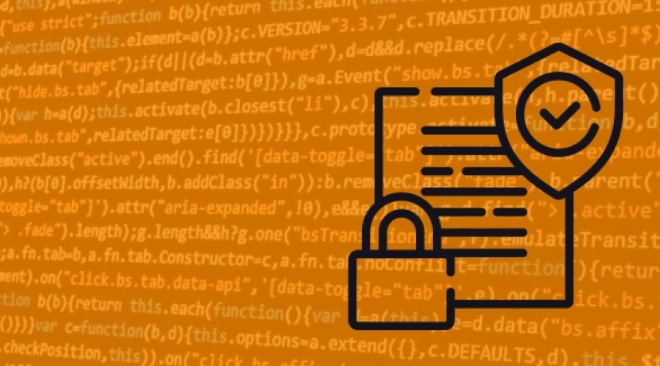The Benefits of Policy-as-Code for App Dev and IT Governance
- Software Development

In today’s fast-paced digital landscape, more and more organizations are challenged to ensure regulatory compliance, company compliance, and security compliance. Traditional, manual processes for managing policies often result in higher risks of errors, lower coding velocity, and ineffectiveness… but there is a proven solution.
With the emergence of Policy-as-Code (PaC), organizations automate policy decisions and enforcement to reduce manual intervention and improve overall governance. Read this blog post to explore Policy-as-Code for Application Development and IT Governance, highlighting key benefits and best practices to get started with PaC.
Prefer to listen to the content?
Hear ELASTECH’s CEO, Armen Tatevosian, and EVP of Global Operations, Jim Zordani, in a conversation about the benefits of Policy-as-Code.
Prefer to listen to the content?
Hear ELASTECH’s CEO, Armen Tatevosian, and EVP of Global Operations, Jim Zordani, in a conversation about the benefits of Policy-as-Code.
The Benefits of Policy-as-Code
Automation and Efficiency
Policy-as-Code enables the automation of policy decisions and enforcement. By defining policies as code and integrating them into the development process, companies automate compliance checks and ensure that policies are enforced consistently throughout the entire application lifecycle. This saves time and effort and increases coding velocity while reducing the risk of manual errors.
Enhanced Compliance
Policy-as-Code provides a reliable and auditable approach to meeting regulatory compliance: Organizations can ensure that compliance requirements are met before application releases. This proactive approach minimizes compliance-related risks, allows for easier tracking and reporting of compliance status, and creates an audit trail for regulatory purposes.
Improved Security
PaC strengthens security measures through defining and enforcing security policies across the entire technology stack. The integration of security policies into the development process enables businesses to quickly identify vulnerabilities and security risks. This results in a minimized risk of cyberattacks, data breaches, and unauthorized access, providing a robust security posture for applications and systems.
Consistency and Standardization
Policy-as-Code promotes consistency and standardization in policy management. As policies are defined as code, they are applied consistently across all applications and infrastructure components, eliminating variations or discrepancies that may arise from the manual interpretation and/or implementation of policies.
Collaboration and Alignment
Policy-as-Code bridges the gap between security and development teams, fostering collaboration and alignment. By adopting a Policy-as-Code approach, teams can work together more effectively, sharing a common language and understanding. This collaboration ensures that security needs and compliance issues are taken into account early on in the development process to minimize rework.
Best Practices to Implement Policy-as-Code
Start small and leverage existing Frameworks
Implementing Policy-as-Code requires a strategic approach. It is crucial to start by defining a subset of policies that align with security, compliance, and governance requirements. By choosing a specific set of rules, organizations can focus on iterative implementation, testing, and continuous improvement. Additionally, leveraging existing Policy-as-Code frameworks, such as Open Policy Agent (OPA) or Styra, provides a proven foundation for policy management.
Automate through CI/CD pipelines
Incorporating policies into a Continuous Integration and Deployment (CI/CD) pipeline ensures that compliance checks occur automatically at each stage of the development lifecycle. This minimizes the risk of policy violations while facilitating early detection of non-compliance issues.
Do not train Developers
Many execs come to the conclusion that they need to train the engineers on the nuances of security and policy development. They don’t. Writing code for Policy-as-code is no different than developing toward any other requirement. Instead, companies should ensure that business analysts understand and effectively define policy requirements for engineers.
Conclusion
Policy-as-Code provides numerous benefits for organizations that strive to achieve regulatory compliance, company compliance, and security compliance. The automation of policy decisions minimizes manual errors, improves policy effectiveness, and increases coding velocity. Embracing Policy-as-Code is a proven path toward a secure and efficient organization.
If you would like to explore the benefits of PaC for your business, schedule a conversation with an expert below.
In a 30-minute consultation, we can demonstrate how Policy-as-Code can play a critical role in shaping your organization’s future App Development and IT Governance.
Book your free Appointment with an Expert
How companies need to play in order to win the war for telent
